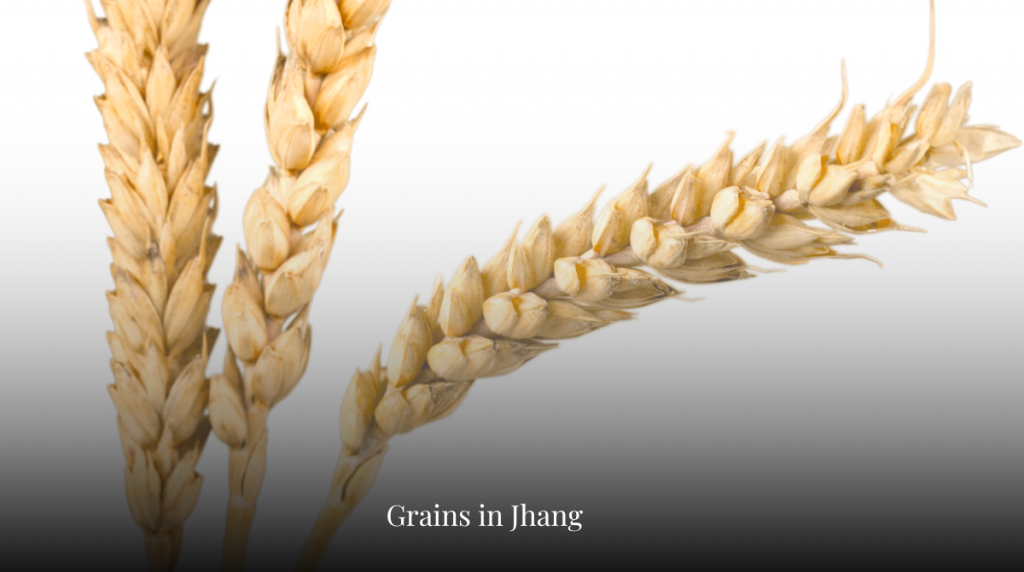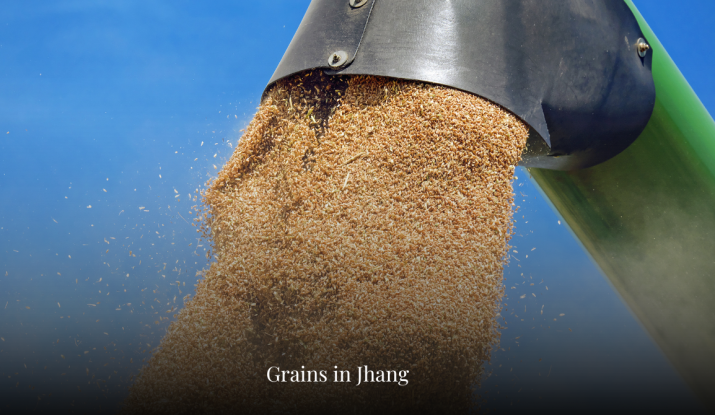Are you curious about the dietary staples that power the daily lives of people in Jhang? Grains in Jhang are not just a source of sustenance but a cultural cornerstone, deeply ingrained in the region’s culinary traditions. Let’s explore how these essential grains can transform your diet and bring a taste of Jhang into your kitchen.
Understanding the Importance of Grains in Jhang
Grains have been a dietary staple in Jhang for centuries. The region’s unique climate and fertile soil make it ideal for cultivating a variety of grains. These grains are not only rich in nutrients but also form the backbone of numerous traditional dishes. From hearty meals to delightful snacks, grains in Jhang play a pivotal role in everyday life.
The Top Grains in Jhang You Should Know About

- Wheat
- Wheat is the most widely cultivated grain in Jhang, forming the basis of many staple foods such as roti and paratha. It is rich in fiber and essential nutrients, making it a cornerstone of a healthy diet.
- Rice
- Rice is another significant grain, often used in dishes like biryani and pulao. It’s a versatile ingredient that complements various flavors and cuisines.
- Barley
- Known for its hearty texture, barley is used in soups and stews, providing a robust and nutty flavor. It’s also valued for its high fiber content and numerous health benefits.
- Maize
- Maize, or corn, is utilized in multiple forms, from flour for bread to kernels in snacks. It’s a key ingredient in many traditional recipes and provides essential vitamins and minerals.
- Millet
- Millet is gaining popularity due to its nutritional profile, including high protein and antioxidant content. It’s often used in porridges and flatbreads.
- Oats
- Oats are favored for their heart-healthy properties. They are commonly used in breakfast cereals and baked goods, offering a nutritious start to the day.
- Sorghum
- Sorghum is a resilient grain that thrives in Jhang’s climate. It’s used in various dishes and is appreciated for its gluten-free properties, making it suitable for those with gluten intolerance.
How to Incorporate Grains in Jhang into Your Diet
Incorporating these grains into your diet can be both enjoyable and beneficial. Here are some tips on how to make the most of these nutritious staples.
Cooking Techniques
Traditional Methods
- Baking
- Baking with whole grains like wheat and oats can yield delicious and healthy bread, cakes, and cookies. Try incorporating these grains into your baking recipes for added nutrition.
- Boiling
- Boiling is a common method for preparing rice, barley, and millet. It’s simple and preserves the nutritional value of the grains.
Modern Twists
- Smoothies
- Adding cooked oats or barley to smoothies can enhance their texture and nutritional content. It’s a quick and easy way to start your day with a boost.
- Salads
- Incorporate grains like quinoa or millet into salads for a hearty and nutritious meal. They add a satisfying crunch and complement a variety of vegetables and dressings.
Conclusion: Embracing Grains in Jhang
Grains in Jhang are more than just food; they are a testament to the region’s rich agricultural heritage and culinary diversity. By incorporating these grains into your diet, you not only enjoy their unique flavors but also reap the numerous health benefits they offer.
Ready to start your grain journey? Visit mcgrains.com for a wide selection of high-quality grains sourced directly from Jhang. Embrace the nutritional power of these grains and transform your meals with the rich heritage of Jhang’s agriculture.


